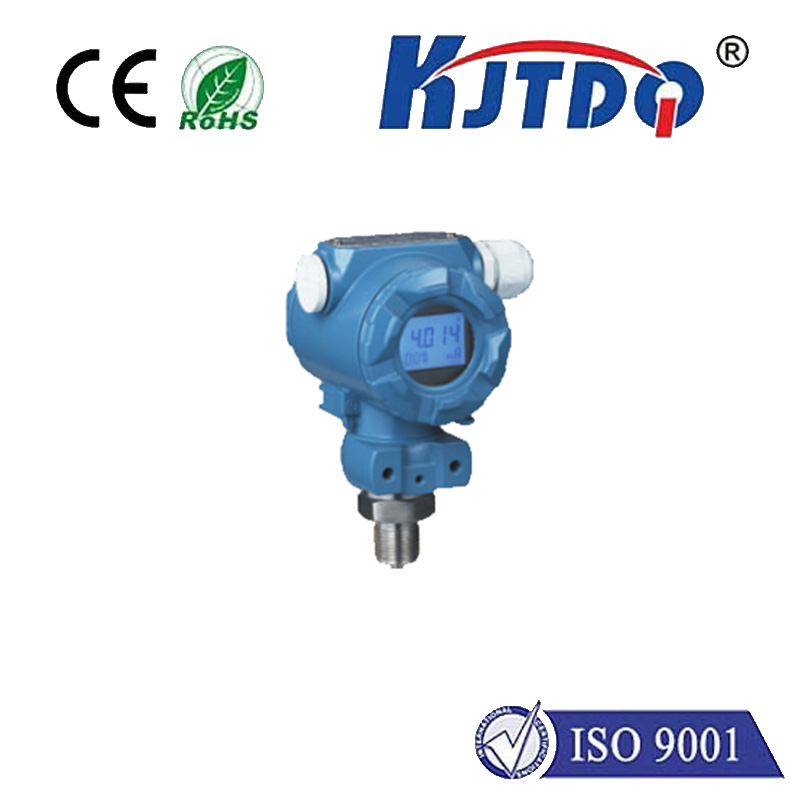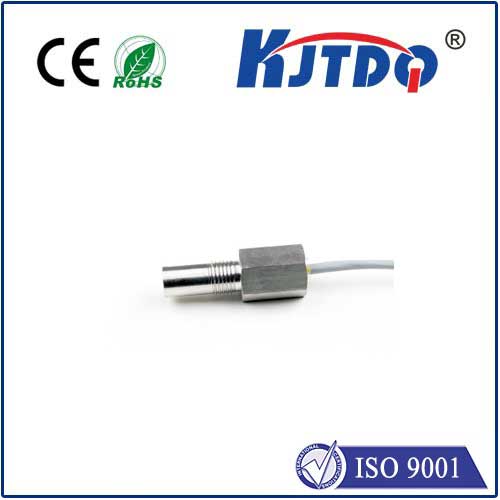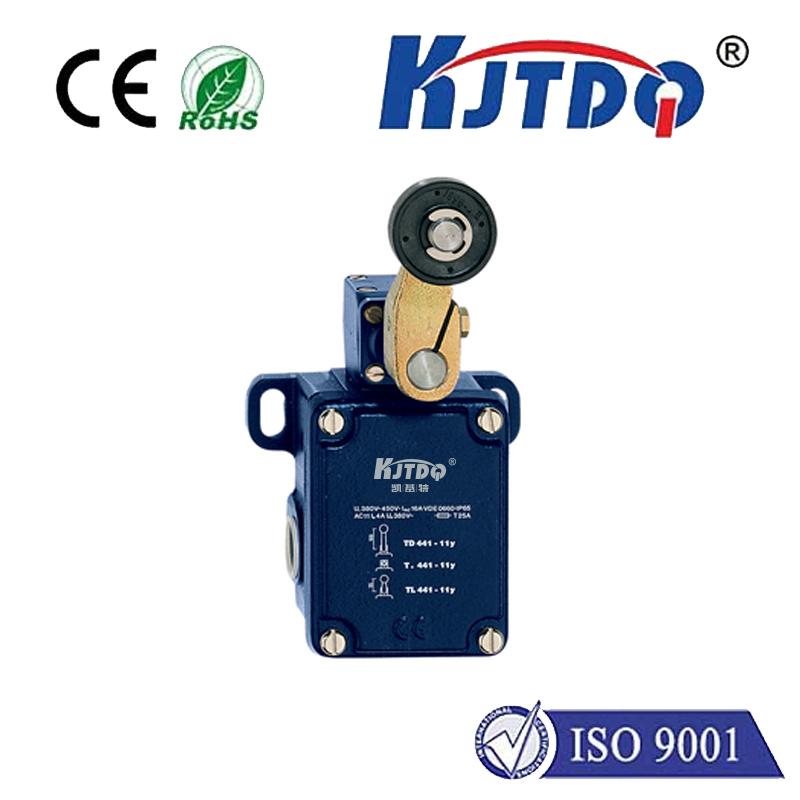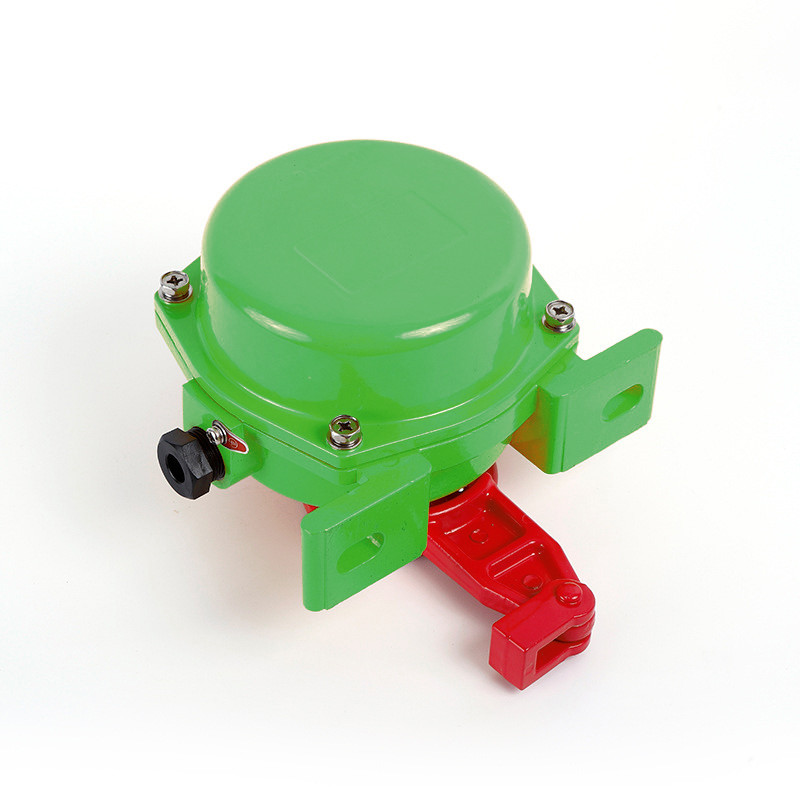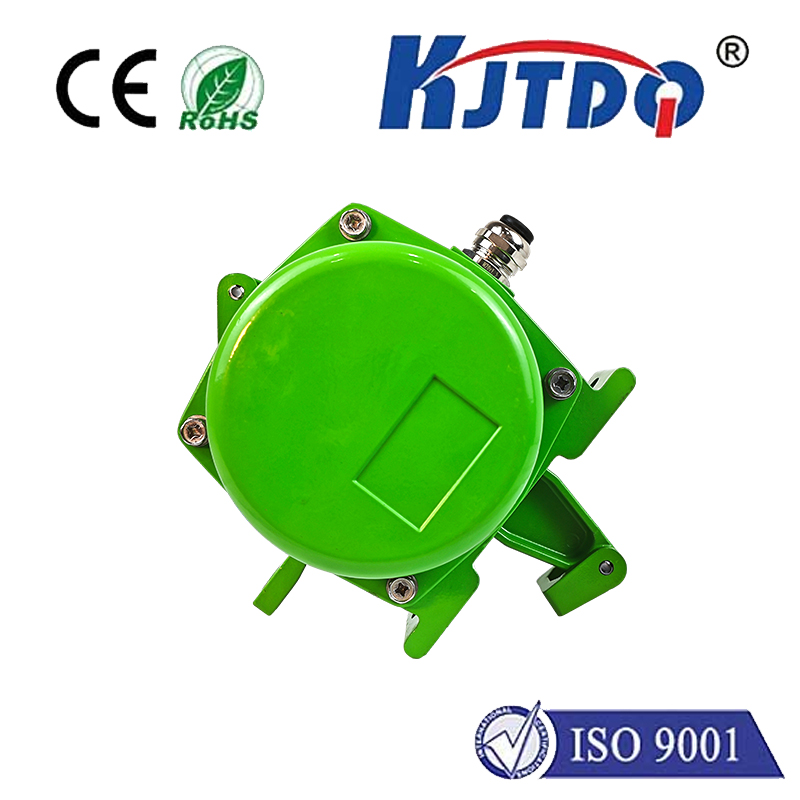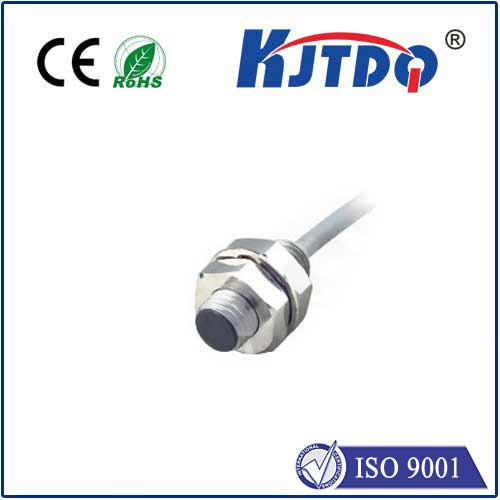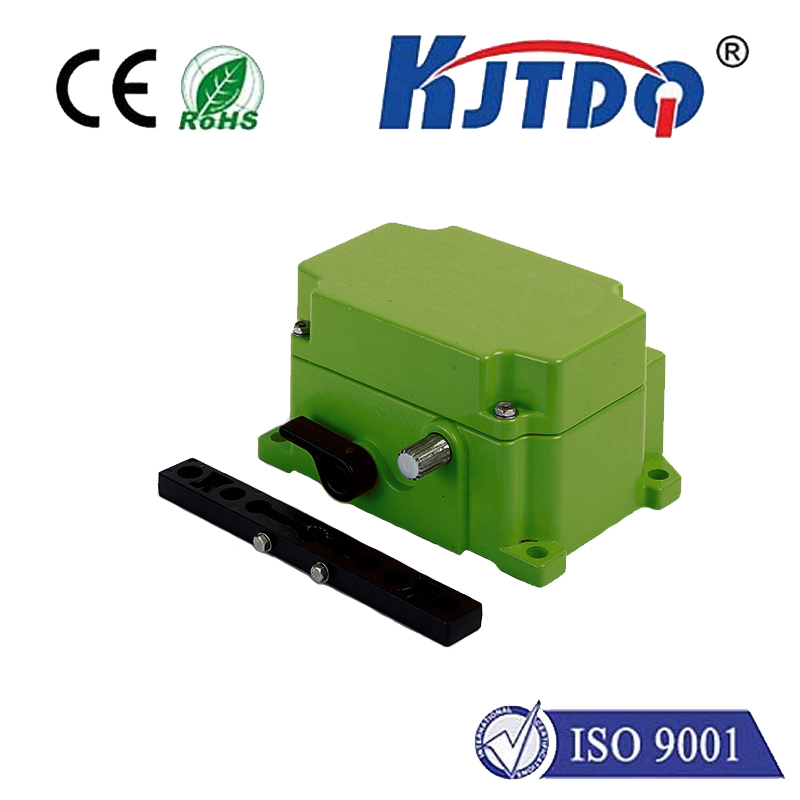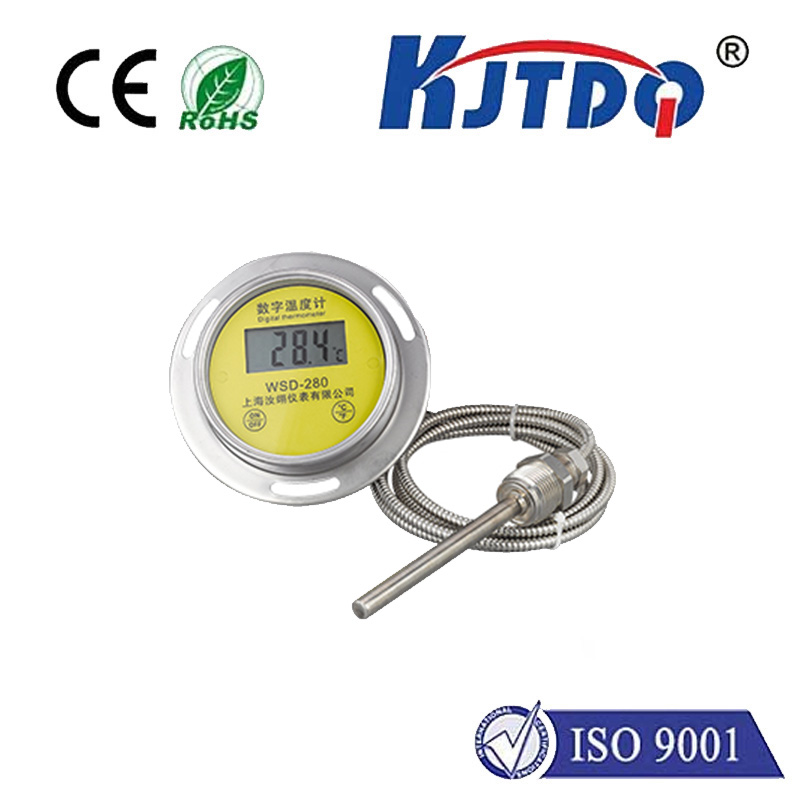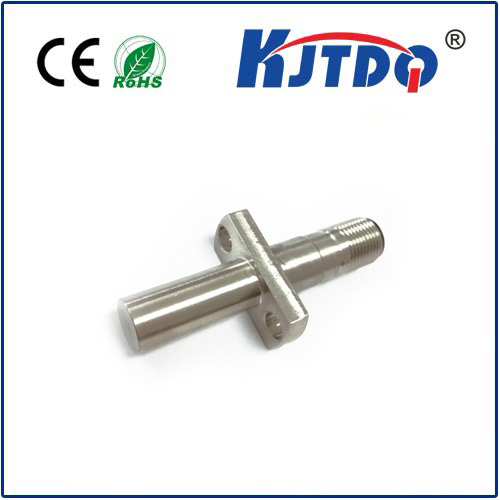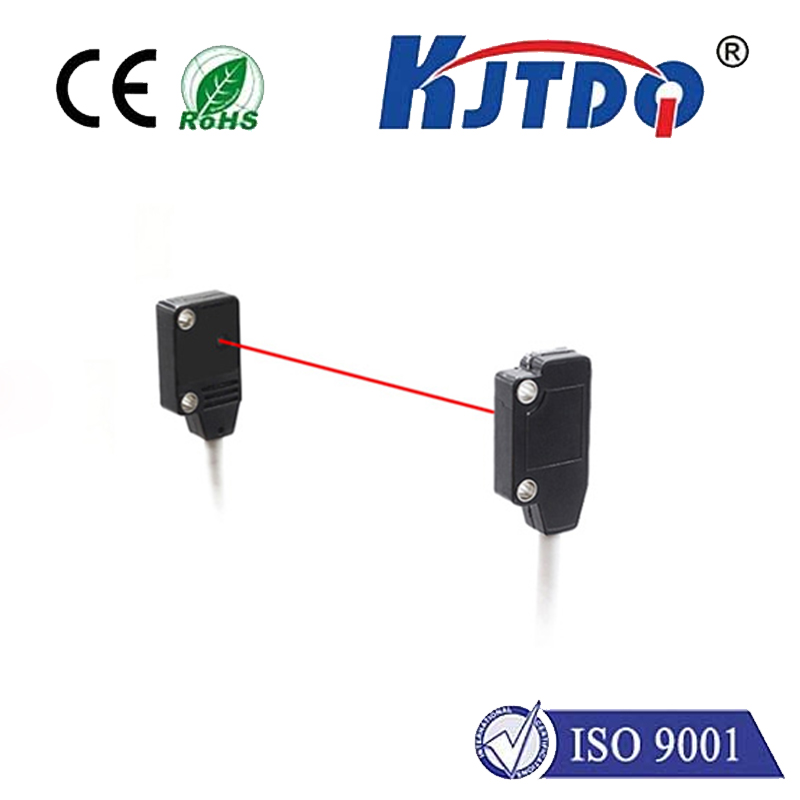

check

check

check

check

check

check

check

check

check

check
Title: The Versatility of Photoelectric Fork Sensors in Modern Industrial Applications
Introduction:
Photoelectric fork sensors have revolutionized industrial automation by providing accurate and reliable detection of objects on conveyor belts, chutes, or sorting systems. These sensors employ the principle of photoelectrics to sense the presence or absence of materials, enabling seamless integration into high-speed production lines where precision is paramount.
Principle of Operation:
At the heart of a photoelectric fork sensor is its ability to detect changes in light intensity. A typical sensor consists of a transmitter and a receiver, often housed in a single unit with the transmitter emitting a light beam towards the receiver. When an object passes between them, it disrupts the beam, causing a change in the receiver's output signal which can then be processed by control systems.

Industrial Automation Benefits:
The use of photoelectric fork sensors in automation offers several advantages. They are highly responsive, capable of detecting even tiny or transparent objects that might otherwise slip through unnoticed. Their non-contact nature ensures there's no wear-and-tear from physical touching, extending equipment lifespan and reducing maintenance costs. Moreover, their programmability allows custom settings for different materials and conditions, enhancing their adaptability across various applications.
Application Range:
Photoelectric fork sensors find wide applicability in industries such as food processing, pharmaceuticals, packaging, and logistics. In food processing, they ensure that every item is accounted for, preventing any missing product from reaching the consumer. In pharmaceuticals, they guarantee strict compliance with production quantities, ensuring patient safety. Within packaging operations, they optimize sorting and reduce errors significantly. And in logistics, these sensors streamline sorting processes, improving overall efficiency.
Advanced Features:
Modern photoelectric fork sensors come equipped with advanced features like background suppression, multi-beam technology, and smart teaching functions. Background suppression minimizes interference from反光ive surfaces, while multi-beam technology provides redundancy should one beam get blocked. Smart teaching functions enable sensors to learn specific product characteristics for improved discrimination.
Integration and Compatibility:
Designed with ease of integration in mind, photoelectric fork sensors are typically compatible with various industrial communication protocols. This makes them suitable for deployment alongside other machinery components within an industrial internet of things (IIoT) context, where data can be exchanged seamlessly between devices to create intelligent systems.
Conclusion:
Photoelectric fork sensors stand as a testament to the advancements in industrial sensor technology. Their precise sensing capabilities, combined with robustness and flexibility, make them indispensable tools for modern manufacturing and processing facilities. As industry 4.0 continues to evolve, photoelectric fork sensors will undoubtedly remain at the forefront of automation innovation.
